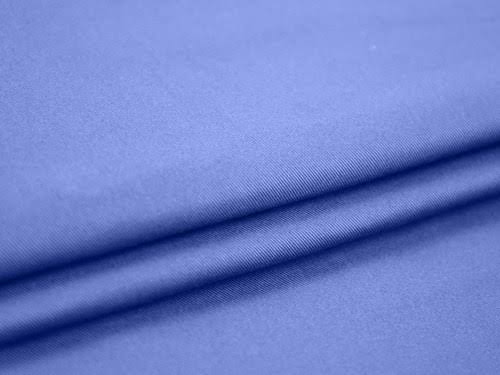Blended Fabrics
Blended fabrics are created when two or more different kinds of fibres are mixed together to create a new fabric with unique properties.Throughout history, blended fabrics have been developed to cater to specific needs, combining the attributes of different fibres to achieve a desired outcome.

Blended Fabrics
Polyester and cotton, which combines the properties of natural and synthetic fibres, is one of the most common blended fabrics. Natural fibres are sourced from plants and animals and require only manual separation and recombining for the fibres to be useable. Synthetics are scientifically developed from chemicals such as petroleum and require heavy processing to create the fibres.
Cotton is breathable, light and soft, making it very comfortable to wear as clothing against the skin. However it can also wrinkle or shrink when washed. Polyester is strong, doesn’t wrinkle or shrink and holds colours well. However, it doesn’t breathe and can be uncomfortable and smelly to wear.
Blending these two fabrics creates a material that is comfortable, resistant to wrinkles and holds its shape and colour well. Polyester and cotton has been a popular choice for business shirts as it is comfortable to wear each day but is easy to care for and lasts a long time.
Other popular blended fabrics include:
Elastane (spandex) and cotton: A natural mix for sport clothing as elastane is stretchy and durable while cotton lets your skin breathe and controls odours. Also good for skinny jeans.
Wool and polyester: This is a great blend for winter coats and jerseys as the wool is warm and breathable even when wet. The polyester adds strength and keeps the shape of the garment.
Linen and silk: Linen creases easily while silk doesn’t. By adding silk to linen, a garment won’t crease as readily and will drape better.
Cotton, polyester, and viscose: The benefits of polyester/cotton but with the added silkiness and drape of viscose. Viscose is classed as a semi-synthetic in that it comes from a natural source (bamboo) but requires hard processing to develop the fibres from pulp.
